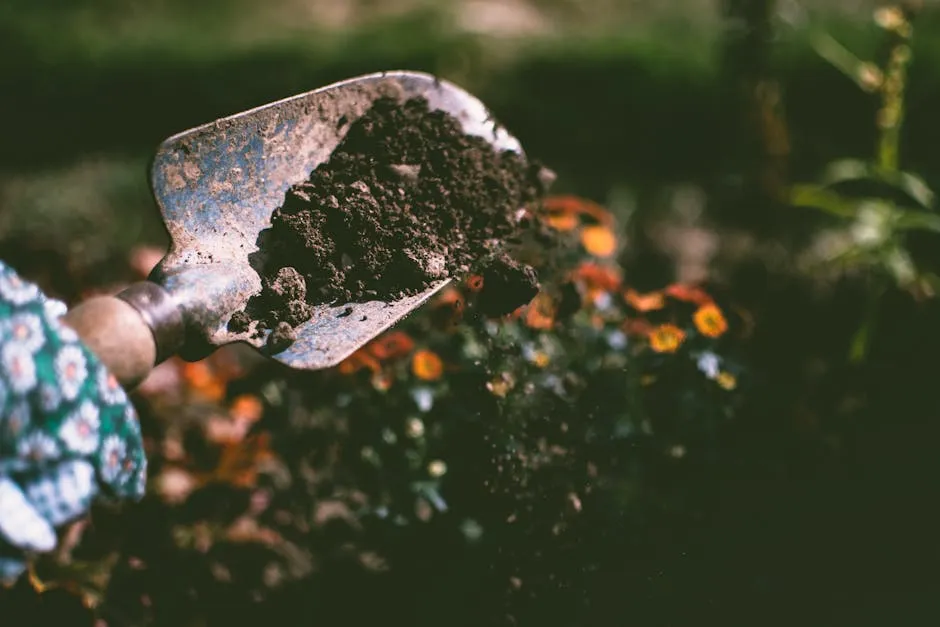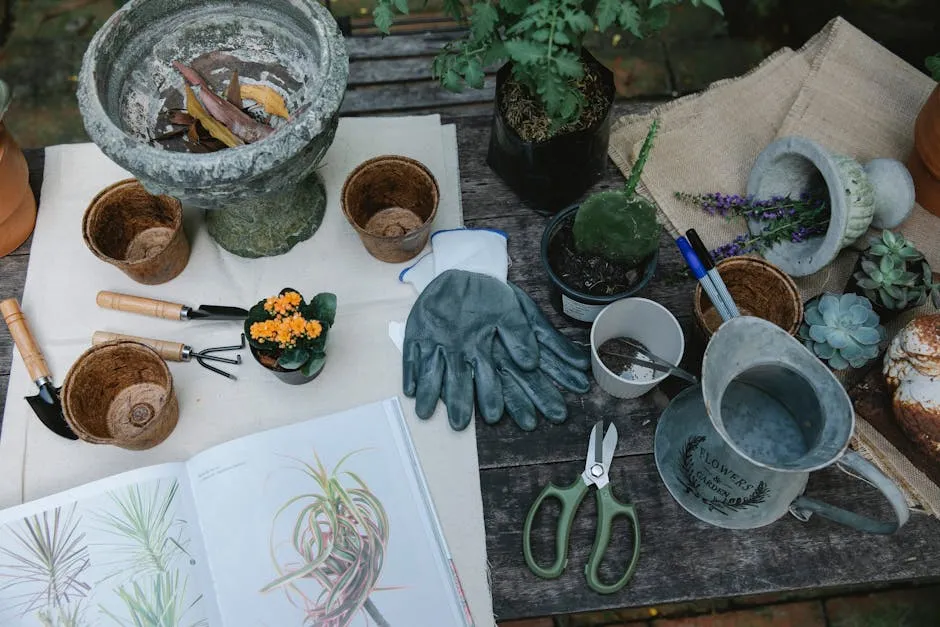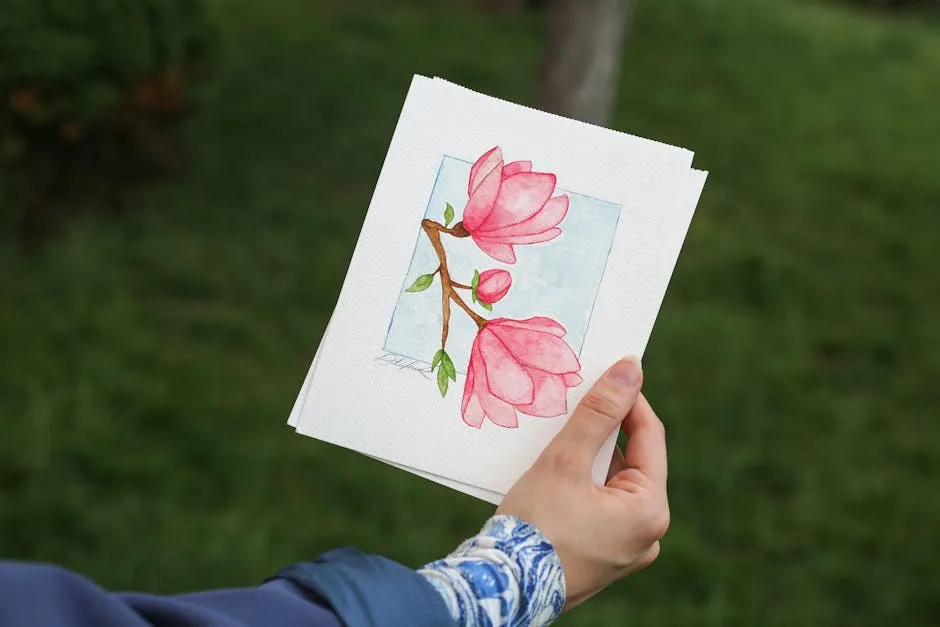

Pollinator Garden Plants: Creating a Haven for Bees and Butterflies
Introduction
Pollinator gardens play a crucial role in supporting biodiversity. They provide vital habitats for bees, butterflies, and other essential pollinators. By planting pollinator-friendly plants, you not only enhance the beauty of your garden but also support local ecosystems. These gardens help sustain wildlife and promote a healthier environment. This article will guide you on selecting the best pollinator garden plants and how to create your own vibrant space.

Summary and Overview
Pollinator plants are species that attract and support pollinators through nectar and pollen. These plants are vital in ecosystems as they help sustain food chains. Different types of pollinators, such as bees, butterflies, and hummingbirds, have unique needs. For instance, bees are drawn to specific flower shapes, while butterflies need host plants for their larvae.
When selecting plants for your pollinator garden, consider factors like native versus non-native species. Native plants are generally better for local wildlife as they are adapted to the environment. Bloom times are also essential; ensure your garden has flowers throughout the growing season. A diverse plant selection is key to attracting various pollinators.
Pollinator gardens also offer ecological benefits, such as improving soil health and supporting food chains. Recent awareness of pollinator conservation efforts has surged, encouraging more people to create these vital habitats.

Selecting the Right Location
Assessing Sunlight and Soil Conditions
Choosing the right spot for your pollinator garden is crucial. Start by assessing sunlight. Most pollinator plants thrive in full sun, which means they need at least six hours of direct sunlight daily. However, some plants can adapt to partial shade.
Next, evaluate your soil moisture. Is your garden plot soggy, rocky, or somewhere in between? Different plants have varying moisture needs. For example, swamp milkweed loves wet conditions, while lavender prefers drier soil.
It’s also wise to check soil quality. A soil test can reveal pH and nutrient levels. If your soil is lacking, consider adding organic matter like compost. This boosts soil health and helps retain moisture. For more on improving soil health, check out composting basics for improving soil health.
To ensure your soil is in top shape, consider using a Soil Test Kit. It helps you understand your soil’s nutrient levels, ensuring your plants get the best care possible.

Improving your soil health is essential for a thriving garden. Learn more about composting basics here.
Selecting native plants is essential for supporting local wildlife. They are adapted to your area and typically require less maintenance. So, take the time to examine your garden conditions before planting. Your pollinator garden will flourish with the right planning!

Best Pollinator Plants
Native Plants for Pollinator Gardens
Creating a pollinator garden with native plants is a great way to attract bees, butterflies, and other pollinators. Native flora is adapted to local conditions, making it easier for plants to thrive. Plus, they require less maintenance and provide essential food for local wildlife.
Here are some key native plants to consider:
- Wild Strawberry (*Fragaria virginiana*): This early spring bloomer not only provides nectar but also produces delicious fruit. It creates a lovely ground cover, suppressing weeds effectively. You can start your journey with some Wild Strawberry Seeds.
- Columbine (*Aquilegia canadensis*): With its unique shape, this flower attracts hummingbirds. It blooms in early spring and adds beautiful color to your garden. For more information, check out the Texas gold columbine plant guide.
- Butterflyweed (*Asclepias tuberosa*): This vibrant orange flower is crucial for Monarch caterpillars. It blooms from late spring to summer and thrives in well-drained soil. Get your own Butterflyweed Seeds to support these lovely creatures!
- Purple Coneflower (*Echinacea purpurea*): This sturdy plant blooms from summer into fall. Its large, daisy-like flowers are irresistible to various pollinators.
- New England Aster (*Symphyotrichum novae-angliae*): A late bloomer, it provides food for pollinators in the fall. Its rich purple color adds visual interest to your garden.
- Black-eyed Susan (*Rudbeckia hirta*): This flower blooms all summer long, making it a favorite among bees. It is drought-tolerant and self-seeds readily. You can find Black-eyed Susan Seeds easily online!
- Swamp Milkweed (*Asclepias incarnata*): Not only does it attract butterflies, but it also supports Monarch larvae. It prefers moist soil and blooms in mid-summer. For more on milkweed, visit the comprehensive guide to the milkweed plant.

Incorporating these plants ensures your garden has a variety of bloom times. This diversity is essential for attracting a wide range of pollinators throughout the growing season. Studies show that native plants can increase pollinator visitation rates significantly, providing a vital food source.
Using native species is more than just beautifying your garden; it supports regional biodiversity. By planting these species, you help restore habitats that many local insects depend on.
Before you head to your local nursery, take a moment to assess your garden conditions. Consider factors like sunlight and soil moisture to find the best plants for your space. Remember, a well-planned garden can lead to a remarkable increase in local pollinator populations.

Super Food Plants for Pollinators
When creating a pollinator garden, consider incorporating “superfood” plants. These plants provide high-nutrition resources for pollinators, helping to sustain their populations. They are essential for bees, butterflies, and other beneficial insects.
One critical aspect of these plants is their role in supporting caterpillars. For instance, milkweed is a must-have for Monarch butterflies. It serves as the exclusive host for their larvae, ensuring the next generation thrives. Similarly, parsley and dill attract black swallowtail caterpillars. These plants aren’t just pretty; they play a vital role in the ecosystem’s health.
Perennials like coneflowers and goldenrods also act as superfoods. They bloom for long periods, providing food from early spring until late fall. Their abundant nectar supports various pollinators throughout the growing season. Studies show that gardens filled with these high-nutrition plants experience significantly higher visitation rates from pollinators.
Incorporating superfood plants not only enhances your garden’s beauty but also boosts regional biodiversity. These plants help restore habitats, creating a thriving environment for pollinators. So, when planning your garden, make sure to include these essential species.

To get started, visit local nurseries to find superfood plant options. Your pollinator garden will flourish, and you’ll be contributing to a healthier ecosystem. Don’t forget to stock up on the essentials, like a quality Garden Trowel Set for planting!

Designing Your Pollinator Garden
Creating a Diverse Planting Scheme
Diversity is crucial in a pollinator garden. A mix of plants attracts a variety of pollinators. Different species have unique preferences for flowers. For instance, bees may prefer blue or yellow blooms, while butterflies are drawn to bright colors.
Incorporating seasonal blooms ensures that your garden is always alive with activity. Aim for early spring flowers like crocuses and late fall blooms such as asters. This approach provides food all season long.
When planning your garden layout, think about height and texture. Taller plants, like sunflowers, can stand at the back, while shorter ones, like daisies, can fill in the front. This creates depth and visual interest. Speaking of sunflowers, make sure to plant some Sunflower Seeds for a cheerful touch!
Consider grouping plants in clusters. This method mimics natural settings and encourages pollinators to visit multiple blooms at once. For example, plant three or more butterflyweed together. This attracts more butterflies and enhances your garden’s aesthetic.
Statistics show that gardens with diverse plantings benefit pollinator health significantly. A variety of plants can increase the number of visiting insects. By creating a visually appealing garden layout, you contribute to a thriving ecosystem.
So, sketch out your garden design incorporating diverse plants. You’ll enjoy the beauty and the buzzing life they bring! And to keep your garden organized, consider using Plant Labels to track your plants!

Please let us know what you think about our content by leaving a comment down below!
Thank you for reading till here 🙂
All images from Pexels



